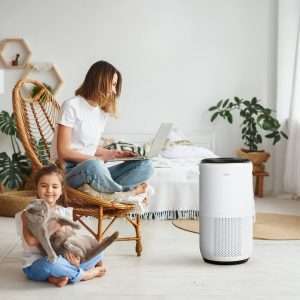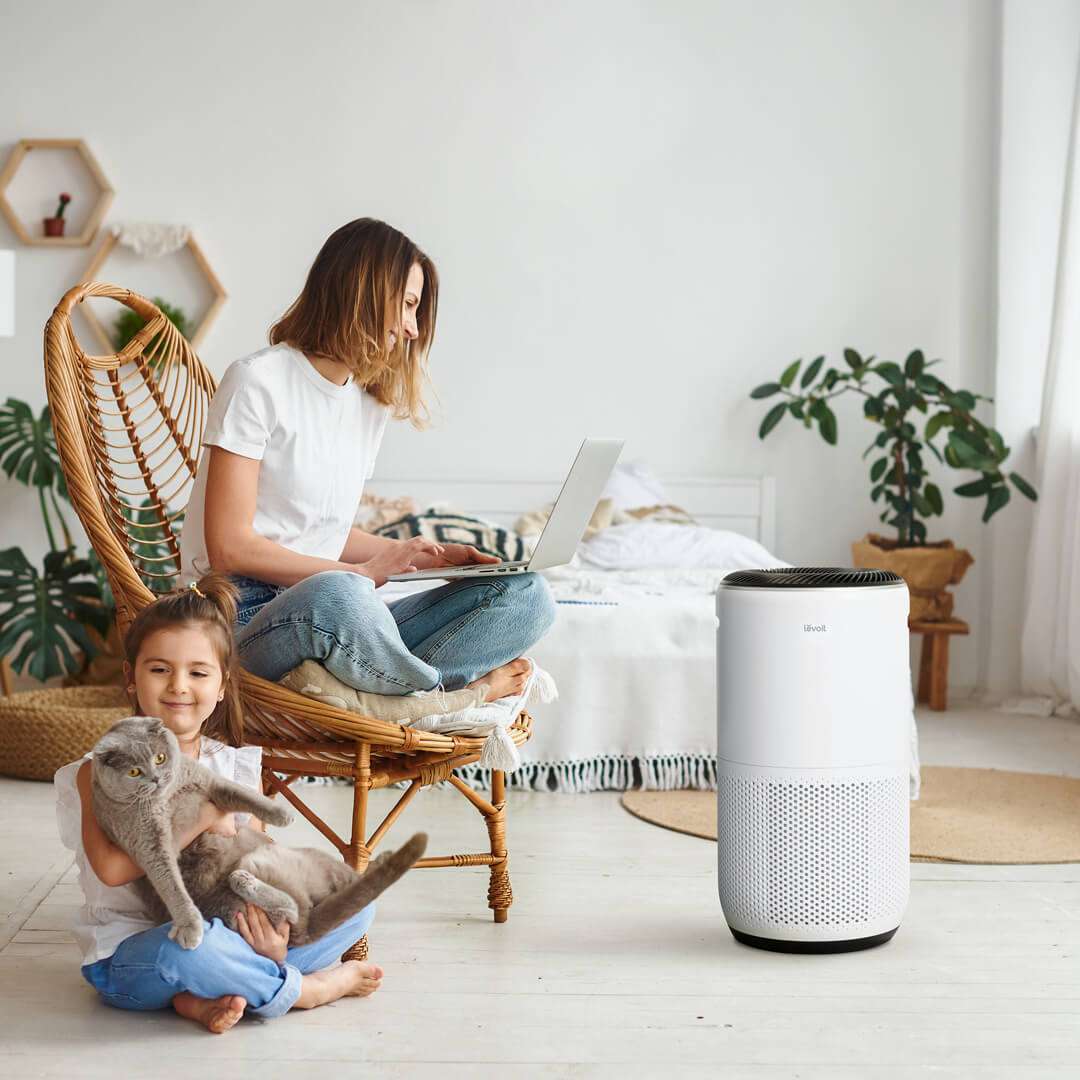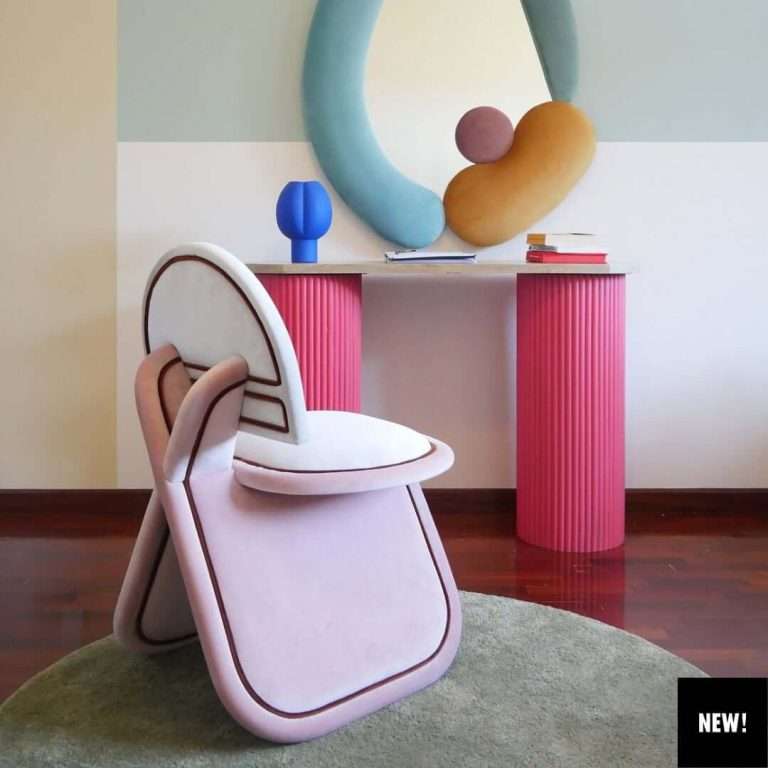Discover the top 7 air purifiers of 2024, compared by price, performance, and features. Find the best options for your home, from budget-friendly to high-end, with detailed pros and cons to help you choose the perfect air purifier for clean, healthy indoor air.
1. The Relationship Between Seasonal Transitions and Indoor Air Quality
During seasonal transitions, the temperature fluctuation can weaken the immune system, making us more susceptible to respiratory and allergic conditions. This time of year also sees a rise in pollutants like fine dust, yellow dust, pollen, and viruses, which can worsen indoor air quality. When outdoor contaminants enter the home, they can degrade the indoor environment, making air management all the more critical.
2. The Need for Air Purifiers Indoors
The most effective way to purify indoor air is by using an air purifier. Air purifiers filter out fine dust, harmful substances, and odors in the air, ensuring a cleaner living environment. This is particularly important during seasonal changes when pollen and fine dust concentrations are higher, making air purifiers indispensable for maintaining healthy indoor air quality.
3. Prevention of Allergies and Respiratory Diseases
Allergies and respiratory diseases are more common during seasonal transitions. These can be triggered by airborne allergens like pollen, dust, and mold spores. Air purifiers are highly effective at removing these allergens, making them essential for people with allergies or asthma. They are also beneficial for protecting the health of children, the elderly, and others with weakened immune systems.
4. A Smart Choice for Improving Indoor Air Quality
Modern air purifiers do more than just filter out fine dust; they come equipped with various smart features. For example, many models include real-time air quality monitoring and automatic adjustment of air purification modes. These features are especially helpful in busy households, ensuring that indoor air is always managed efficiently without constant supervision.

5. Key Factors to Consider When Choosing an Air Purifier
When selecting an air purifier, it’s important to consider the following:
– Filter Performance: High-performance filters like HEPA filters can capture not only fine dust but also ultrafine particles. It’s essential to check the filter’s lifespan and replacement schedule.
– Noise Levels: Since air purifiers often run 24/7, choosing a low-noise model is important for a quiet environment.
– Energy Consumption: Energy-efficient models are cost-effective in the long run, especially if the purifier is used continuously.
– Smart Features: Models with smartphone connectivity, automatic modes, and air quality monitoring provide added convenience.
6. Additional Functions Provided by Air Purifiers
Today’s air purifiers offer more than just air filtration. Some models include humidification functions, which help maintain optimal humidity levels in dry seasonal conditions. Others come with UV sterilization or ion generation features to eliminate airborne viruses and bacteria. These multifunctional devices can be particularly helpful in maintaining health during seasonal transitions.
7. The Importance of Air Purifier Maintenance
To keep an air purifier functioning effectively for the long term, regular maintenance is crucial. Filters should be replaced periodically, and internal components should be cleaned as necessary. When not in use, storing the purifier properly can help maintain its performance for future use.
8. Why Indoor Air Management is Crucial During Seasonal Changes
During seasonal transitions, outdoor environmental changes increase the risk of indoor air pollution. Using an air purifier is essential for keeping indoor air clean and healthy. Improving indoor air quality is a vital step toward protecting health, particularly in preventing allergies and respiratory issues. Selecting the right air purifier based on personal needs, along with regular maintenance, is key to maintaining a clean and healthy indoor environment.
9.The Top 7 Air Purifiers of 2024
Here are seven top-rated air purifiers, price ranges, and pros and cons:
| Air Purifier | Price | Pros | Cons | Ideal For |
| Levoit Core 400S | ~$185 | App-connected, effective in large rooms (up to 1,000 sq.ft.), multiple filters, quiet operation, affordable filter replacements | Companion app can be overwhelming, simple design | Large rooms with smart home integration |
| Blueair Blue Pure Max 411i | ~$170 | Quiet operation, energy-efficient, real-time air quality monitoring, good for medium rooms (up to 526 sq.ft.) | Single button for multiple settings is less intuitive | Light sleepers, medium-sized rooms |
| VEVA 8000 | ~$70 | Affordable, low energy consumption, good for small rooms (up to 325 sq.ft.) | No advanced features like app integration or multiple fan speeds | Budget-conscious users, small spaces |
| NuWave OxyPure | ~$600 | Multi-stage filtration with washable filters (20-year lifespan), Wi-Fi enabled, strong air purification for large spaces | Expensive, loud at higher speeds | Homes needing a long-term, robust solution |
| Levoit Core 300S | ~$149 | Auto mode, small and compact, easy-to-use controls, effective in small rooms (up to 547 sq.ft.) | Lacks particulate matter sensor, basic design | Small apartments or bedrooms |
| Bionaire True HEPA 360 UV | ~$149 | HEPA filtration, UV disinfectant light, nightlight mode, easy setup | Louder at high settings, fewer advanced features | Family spaces, children’s rooms |
| Dyson Purifier Cool Formaldehyde | ~$750 | High-end design, exceptional filtration for formaldehyde and volatile organic compounds, includes cooling function | Very expensive, less effective at small particle filtration compared to others | Premium buyers prioritizing aesthetics and extra functionality |








